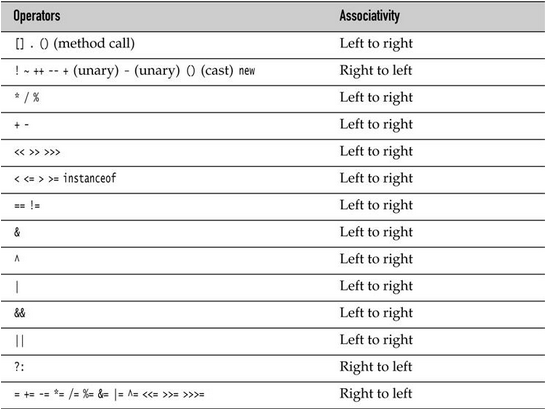I have come so far in this last year time...
I have taken my hits as well...
A few months ago I had to go back and spruce up some of my old android code for a review and my old code is atrocious all things considered. Like learning any language its just that learning. In programming instead of learning where to put your comma's you learn were to make methods to be called upon later.
On the whole I feel I have gotten better but all the same I have so much more to learn. Oh well life is a learning experience in and of itself.
I found love - I used to think it would just walk through the door and make itself known when it felt the time was right. Well I was right to a degree I met a wonderful girl last year named +Samantha Howell and she has been the core focus of my personal life for the last 9 months (On the 12th) Thanks for sticking it out with me so far Babe!
I have met so many new people this last year... One who I would like to note in this mix is +John Blanton, +John Spartan and I started a small tech show on Youtube called "The local host show" However that fell through when John's iMac died on him. We are however working on reformatting and bringing the show back to life. #lhs2k14
+John Spartan has been a motivating factor in my life for somewhere around 2.5 - 3 years now. Although his work and so on takes him away from us at random points in time. I remember spending whole nights on Team Speak with him Murphy and Oddball joking laughing and having a good time while occasionally shooting around on Medal of Honor Allied Assault.
I should also take this time to mention another good friend of mine on the internet +Leslie Griffith who has helped me through more issues than I can count (My computer might be able to but I cant) Leslie thank you for being there.
Last year seemed like it was one hit after another. My family and I agree that in terms of crap-tastical years known to us 2k13 takes the cake. While some good came of it there was allot of pain involved... Between dealing with eviction and getting stripped down to the bare bones of what I needed to keep on me it was rough. Thankfully I have a roof over my head and food to eat. So I bounced back and got an upgrade to my WiFi in the process. Granted my bed is still on the floor and I have no privacy since my "Bedroom" is in one corner of the basement. But there is good to it as well: I now have a second computer hooked up to a 32 inch flat screen on my dresser. Nothing like watching Walking Dead from the comfort of my bed. As well I also have a nice little electric fireplace next to my bed. I cant say it helps warm anything up but it does help make a nice glow to fall asleep to.
Resolutions:
- Get better with coding
- Get certified for coding - Android / Java
- Try to bring back LHS
- Generally be a better person.
- Try to be more positive.
So we take the good and the bad and we just say "Lets just live life..." And so I am closing out 2k13 with this... Life got uprooted... We adjusted and moved on... We came back while saying
We will not go quietly into the night,
we will not give up without a fight...
The aliens are here...
They drank all our beer,
and they traveled much faster than light!!"
- Wait no... That was the ending of the alternate speech from independence day.
Inref:
I would like to end it by saying this:
To all of my friends and family I would like to wish you all a happy new year and may the best come to you.
-Alex







